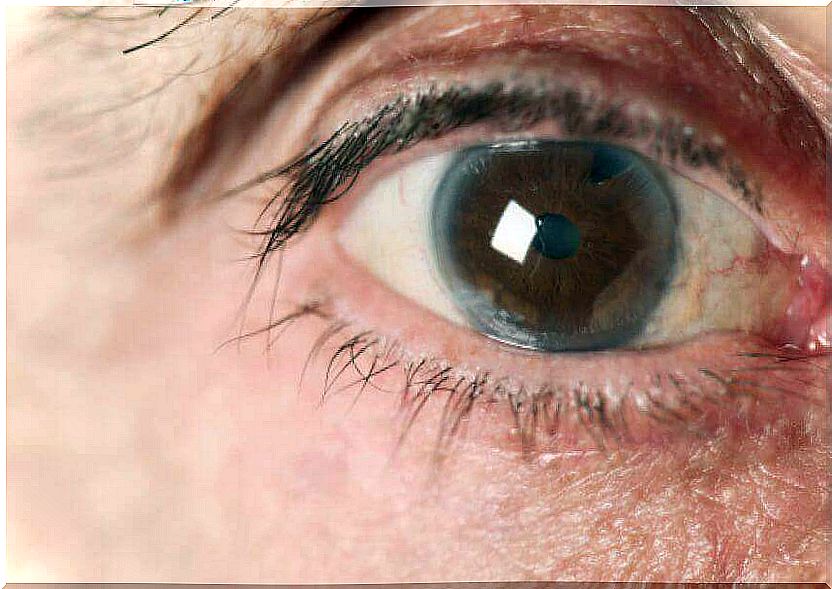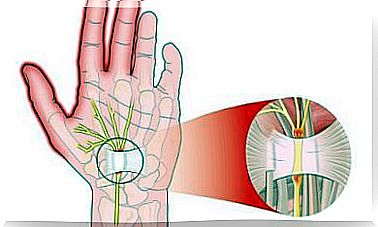What Types Of Glaucoma Are There?
There are different types of glaucoma, but what they all have in common is that they affect people’s eyesight. If not properly treated, the patient can become blind. Today you will learn interesting facts about the different types of glaucoma.

Glaucoma is the medical term for glaucoma, a collective term for various eye diseases that damage the retina and the optic nerve. Today we are going to take a closer look at the different types of glaucoma . Read on if you want to know more about it.
All types of glaucoma have in common that they are chronic and degenerative. If left untreated, they damage the optic nerve and lead to blindness over time.
Glaucoma: The Diagnosis
Diagnosing glaucoma early on is not easy because there are no obvious symptoms to begin with. It can take years for signs of increased intraocular pressure to appear.
That is why regular check-ups, during which the intraocular pressure is measured, are fundamental to prevention. The ophthalmologist has specific devices with which he can take precise measurements as a preventive measure or in the event of existing complaints.
Risk factors for all types of glaucoma
Some people are at greater risk of developing glaucoma. You must therefore pay particular attention to initial symptoms and should be checked regularly.
The risk also increases with age. From the age of 40, the risk of glaucoma increases. Furthermore, the family history can also be an indication of an increased risk. If one parent already has it, the risk for their children in adulthood is also higher.
In addition, other diseases that affect vision must be taken into account. For example, myopia is a risk factor: it is estimated that the risk of increased intraocular pressure is twice as great in myopic people.

The most common types of glaucoma
A report from the National Eye Institute provides information on 4 common types of glaucoma. If more aqueous humor collects in the anterior chamber than can be drained away via the drainage system in the corner of the eye, the intraocular pressure increases. In the four different types of glaucoma, which we will describe in more detail below, this accumulation of the aqueous humor occurs for different reasons.
Primary open-angle glaucoma
It is the most common type of glaucoma in the world. This happens when the aqueous humor cannot drain properly due to deposits. It then accumulates in the anterior chamber and this increases intraocular pressure.
Open-angle glaucoma is slow, chronic, and degenerative. The diagnosis is usually made late when the damage is already irreversible. That is why this disease is also called creeping blindness.
Treatment is with drugs or surgically. The ophthalmologist decides which therapy is best in each individual case.
Angle-closure glaucoma
This type of glaucoma is much rarer than open-angle glaucoma. The symptoms are also usually acute and more pronounced. In this case, the patient’s anterior chamber is usually so flat that the iris greatly narrows or blocks the angle of the chamber. Therefore, the chamber fluid cannot flow out.
This type of glaucoma requires prompt medical intervention. There is less time to act than with open-angle glaucoma and the consequences can be severe if treatment is not timely.
Normal pressure glaucoma
This type of glaucoma is very rare. When the ophthalmologist measures the patient’s intraocular pressure, it will be normal or even lower than normal.
But the optic nerve is damaged and, like all other types of glaucoma, degeneration occurs. The causes of normal pressure glaucoma have not yet been adequately researched. Treatment is complicated.

Primary congenital glaucoma
This congenital form is caused by an incorrect development of the chamber angle, through which the aqueous humor cannot flow out properly. Primary congenital glaucoma is present at birth. In this case, surgery is necessary to avoid serious complications in the future.
It is imperative that all types of glaucoma be treated in good time
Regardless of the type, glaucoma is always a disease that can have serious consequences. Regular check-ups are very important to prevent vision loss or even blindness. The expert measures intraocular pressure and conducts further examinations to assess the health of the retina and optic nerve. If you are diagnosed with glaucoma, your ophthalmologist will inform you immediately about treatment options.









